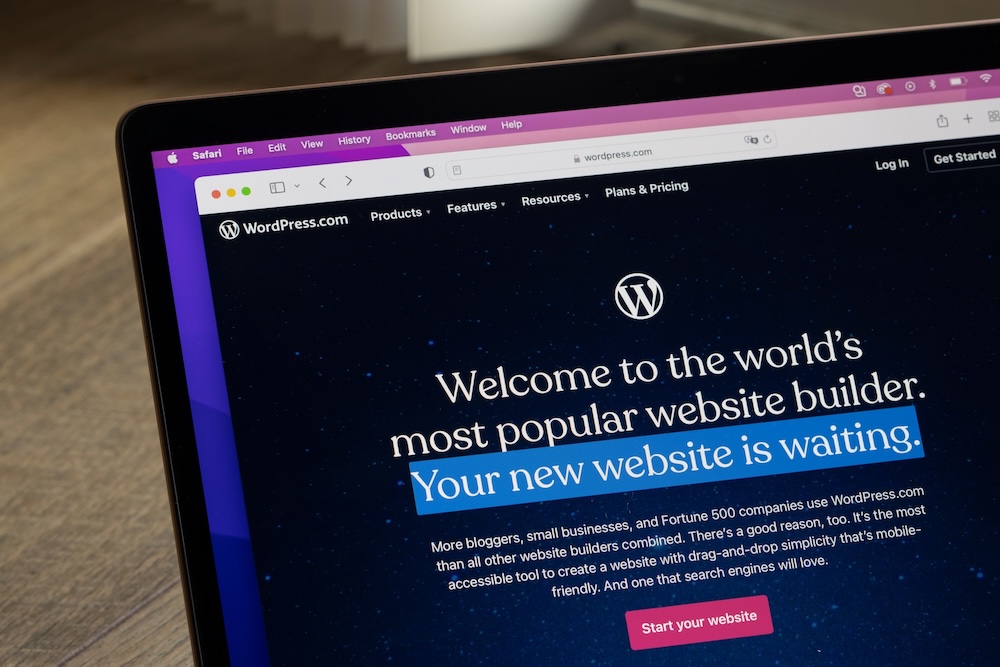How to plan a website redesign that actually delivers ROI
Every business owner knows the feeling: your website looks a little tired, conversions are dipping, and your competitors just launched sleek new sites that make yours look… well, dated. But before you rush into a redesign, take a breath.
A successful website redesign isn’t just about new visuals – it’s a strategic investment. When it’s done right, it can dramatically increase your ROI by attracting better leads, improving conversion rates, and aligning your brand with your business goals.
Here’s how to plan a website redesign that actually delivers measurable returns – complete with a practical checklist and before/after insights.
Step 1: Start with strategy, not aesthetics
Too many redesign projects begin with mood boards and colour palettes before answering one crucial question: What do we want this redesign to achieve?
Your redesign strategy should tie directly to your business goals such as:
Tip: Define 2–3 measurable KPIs before any design work begins. For example, “Increase contact form submissions by 30% in 90 days” gives your redesign team a tangible target.
Step 2: Audit what’s working (and what’s not)
Before you start overhauling everything, conduct a full website audit. Identify your high-performing pages, traffic sources, and conversion paths.
You’ll want to keep what’s working – and fix what’s not.
Analyse:
Tip: Avoid deleting or merging high-ranking pages without a proper redirect strategy – it can tank your organic traffic.
Step 3: Build an ROI-focused redesign plan
Your plan should balance design appeal with business performance.
Think of it as redesigning not just how your website looks, but how it works to generate ROI.
Your ROI Website Redesign Checklist:
| Category | What to include |
|---|---|
| Goals & KPIs | Define success metrics before design begins |
| Audience Research | Revisit personas; align content and UX |
| SEO Audit | Preserve backlinks, metadata, and rankings |
| Content Strategy | Refresh copy, CTAs, and visuals |
| User Experience (UX) | Simplify navigation, add clear conversion paths |
| Performance | Optimise for speed, mobile, and accessibility |
| Analytics Setup | Configure tracking to measure ROI post-launch |
Client testimonial

We had a big challenge on our hands – bringing together five websites, including four separate asset finance companies (Kennet Equipment Leasing, Credo Capital Finance, First Capital Finance, and Ignition Credit), into one new site for the STAR Asset Finance Group.
Envious Digital not only stuck to the brief but made what could have been a complex and difficult process feel straightforward and manageable. Nothing was ever too much trouble for the team, and they were always quick to talk through any issues as they came up, rather than leaving us waiting.
Their supportive and collaborative approach gave us real confidence throughout the project, and the end result has already received fantastic feedback. We’re extremely impressed with both the journey and the outcome, and would highly recommend Envious Digital.
Andy Marlor
STAR Asset Finance
If you would like to receive our new posts automatically via email, please fill in the details below



